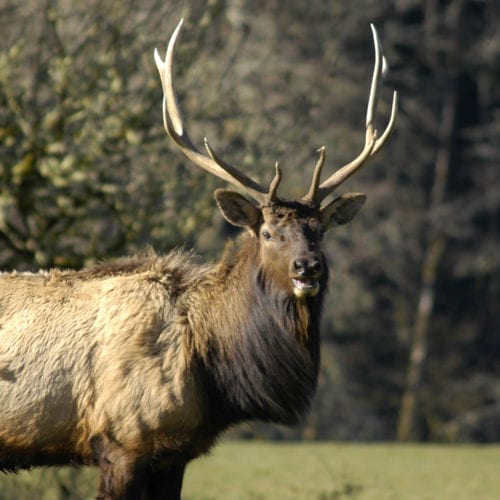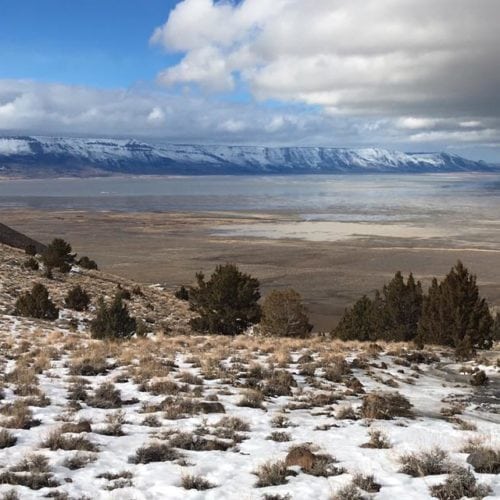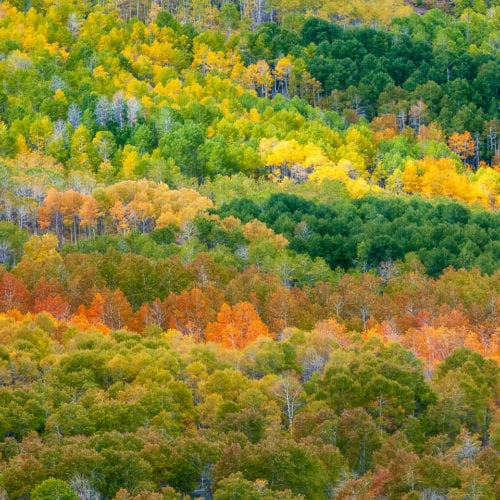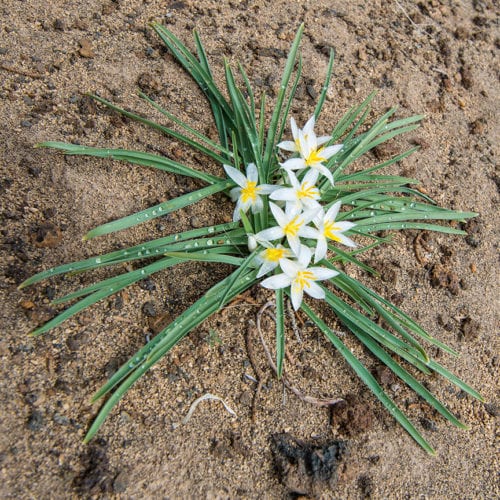Winter Wildlife Watching
By Scott Bowler What’s there to do in the desert in the winter? Watch wildlife! In many ways, especially at lower elevations, winter’s cold weather can provide some great hiking […]
Read MoreSigns of Winter
Author: Scott Bowler | Published: Dec. 15, 2020 | Updated: Dec. 21, 2021 | Category: Phenology Winter may seem harsh, and it is indeed a difficult time to live outdoors, […]
Read MoreSigns of Fall
Autumn is a time of transition in Oregon’s high desert. The cooler days and cooler nights bring a wave of rust-red and brilliant yellow hues into this generally sage-green and […]
Read MoreSigns of Summer
Author: Scott Bowler | Published: July 2, 2020 | Updated: June 3, 2021 | Category: Phenology Across Oregon’s high desert, plants and animals spend the summer months “searching” — for […]
Read MoreSigns of Spring
By Scott Bowler and Lace Thornberg After months of rejuvenating itself in subtle ways, Oregon’s high desert begins pulsing with undeniable signs of spring’s arrival in March, April and May. […]
Read More



